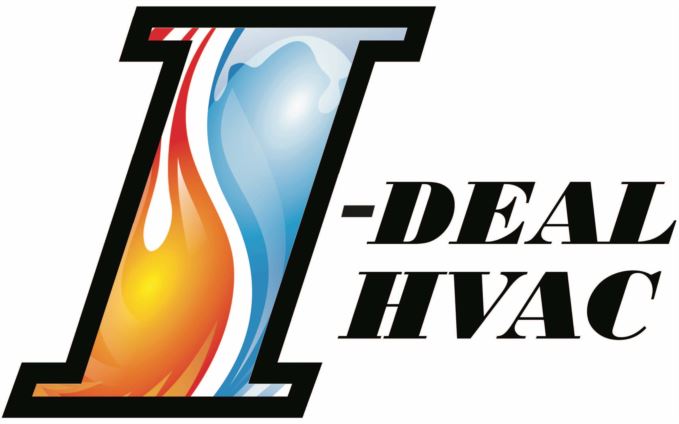
From a relaxing vacation or a long trip for work, leaving home means making plans for your heating and cooling system. You can't use it as long as you’re not home, so you can adjust the temperature as appropriate to limit your energy use. At the same time, you don’t want to just turn it off for the entire duration of your trip.
For the most part, it’s better to leave your HVAC system going and adjust the temperature depending on the time of year. That way you can reduce energy costs without stressing about getting back to an uncomfortable home. We’ll walk you through why you shouldn’t turn your HVAC system off as well as the best thermostat settings for various times of year.
Here’s Why You Don't Leave Your Thermostat on Hold
While you could be wanting to shut your HVAC system down before a trip, this could end up leading to costly problems by the time you get back. This is especially true when the weather will be severely hot or cold while you’re out of town.
For example, shutting the HVAC system down during the summer could cause very high humidity. Not only will your home feel gross when you have returned, but it might have also stimulated mold/mildew growth or pest infestations.
And in the winter, leaving the furnace off might lead to pipes icing over or even bursting. It’s never fun to come home from a long trip only to discover considerable water damage close to a broken pipe.
Best Thermostat Settings While at Work
You can adjust the temperature even as you come and go to work. Since you’re away for around 8 hours or so, it doesn’t make sense to keep an empty home the same temperature as when you're home. Generally, it’s suggested to raise the thermostat by 5 degrees or so. That means that if you prefer a comfortable 72 degrees, think about adjusting it to 76-77 while you’re gone.
But you may save even more if you try further adjustments to the temperature. As reported by the Department of Energy, you may save nearly 10% on your HVAC costs by making an adjustment of 7-10 degrees.
Best Thermostat Settings While on a Trip in Summer
If you're on a lengthier trip in the heart of summer, you can make more significant adjustments. This prevents wasting energy while still protecting your home from the issues that come with leaving it uncooled. About 5 degrees is recommended for shorter trips while closer to 10 degrees is best if you’ll be away from home for 2 weeks or longer. If you prefer keeping the house at 72 in the summer, 78-82 will offer beneficial results.
Best Thermostat Settings While on Vacation in Winter
To figure out the ideal thermostat setting for a winter trip, consider lowering the temperature by the same amount you would adjust it in summer. 68 is a popular winter thermostat setting, so turning it down to 63-58 will prevent ice from forming on pipes while minimizing how long your furnace operates.
A Smart Thermostat Can Help: Perks of Smart Thermostat Installation
A great way to optimize your home’s HVAC system while away from home is using a smart thermostat. This innovative type of programmable thermostat uses intelligent software to monitor your preferred comfort habits. It learns these preferences and makes automatic changes to the schedule for higher energy efficiency. And with Wi-Fi compatibility, you can remotely control your heating and cooling from a smart device like a phone or tablet.
Smart thermostats are packed with features to help you save on your energy bill. To provide an example, some models can track electricity prices to bolster heating or cooling when prices are lowest. They can be used with high-efficiency, variable-speed equipment to optimize how long your HVAC system should run. It’s the ideal tool to enhance how you control your comfort system. If you’re planning on investing in a smart thermostat, there are a variety of ways you can reduce your costs, in essence getting a smart thermostat for free. The next time you leave for vacation, you can appreciate true peace of mind that your HVAC system won’t stir up any trouble while you’re gone.
